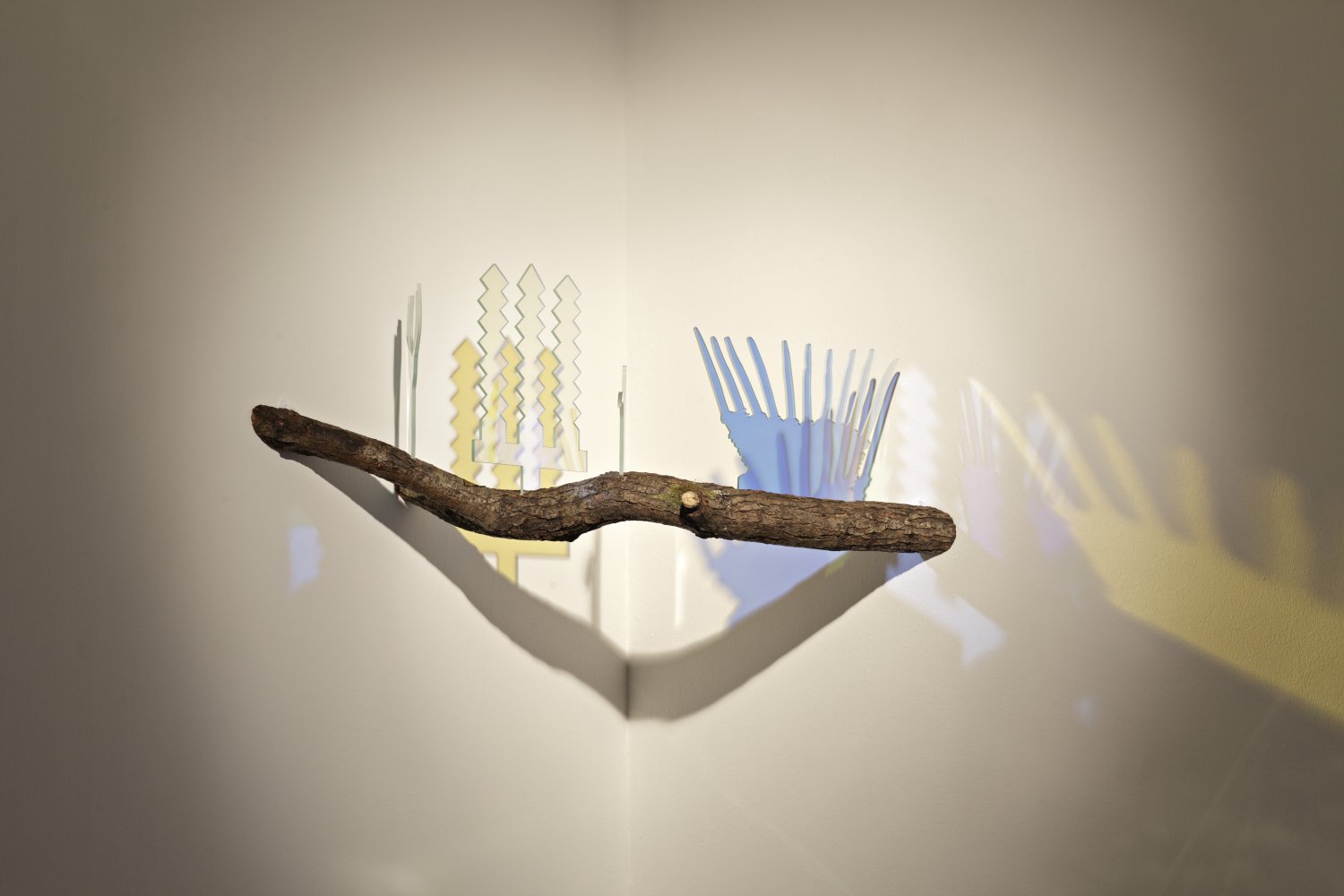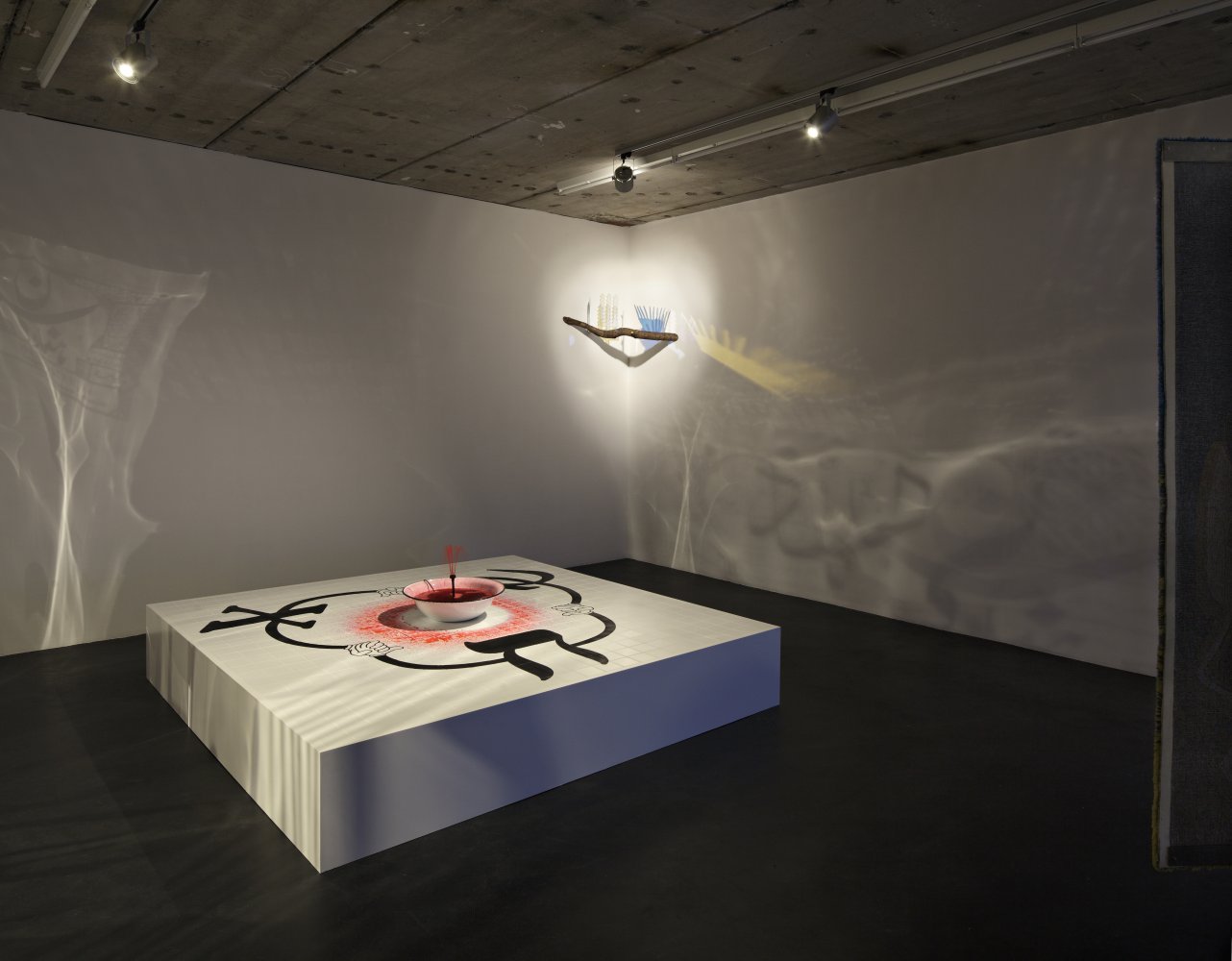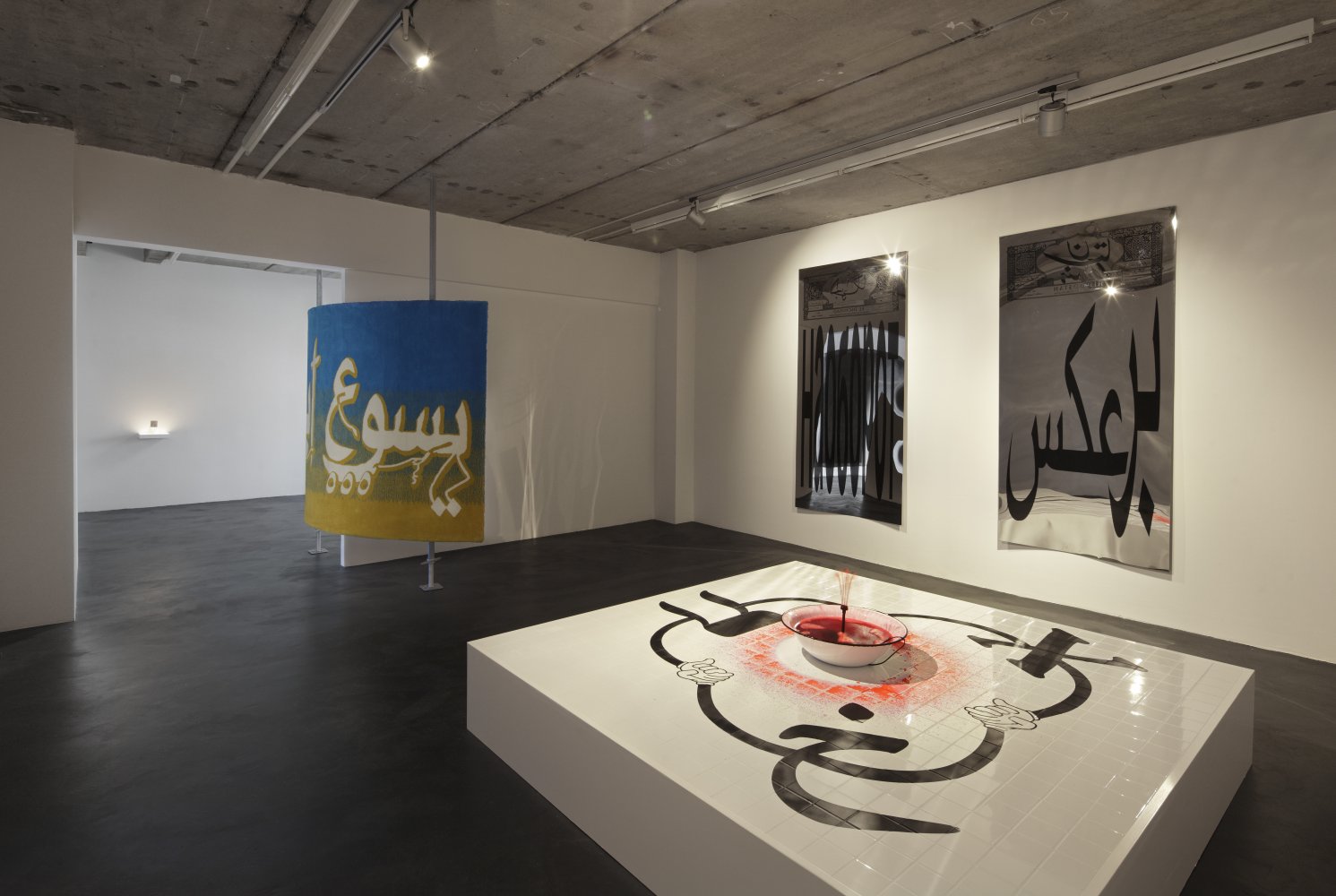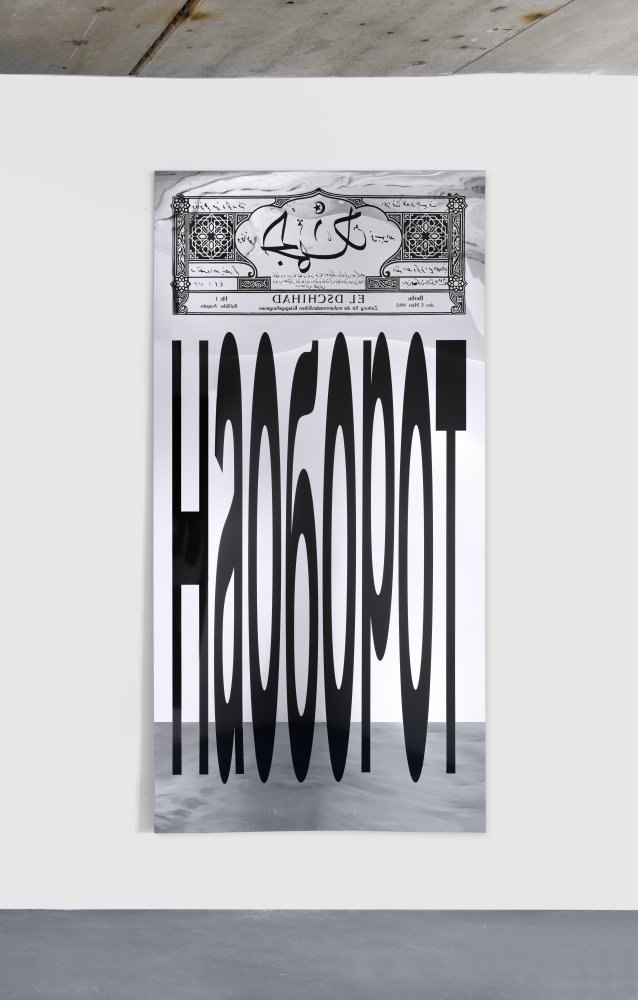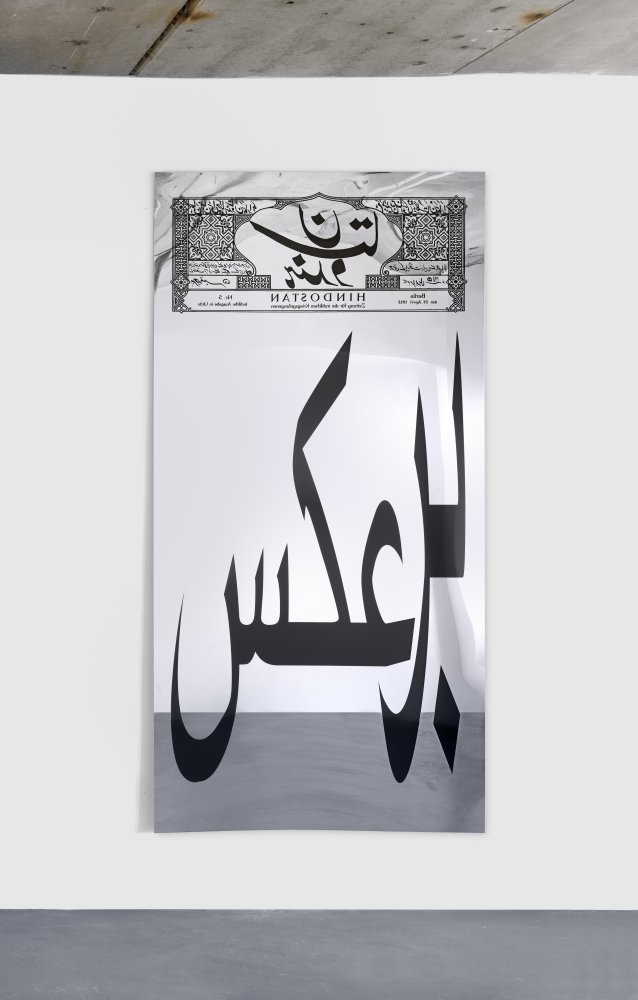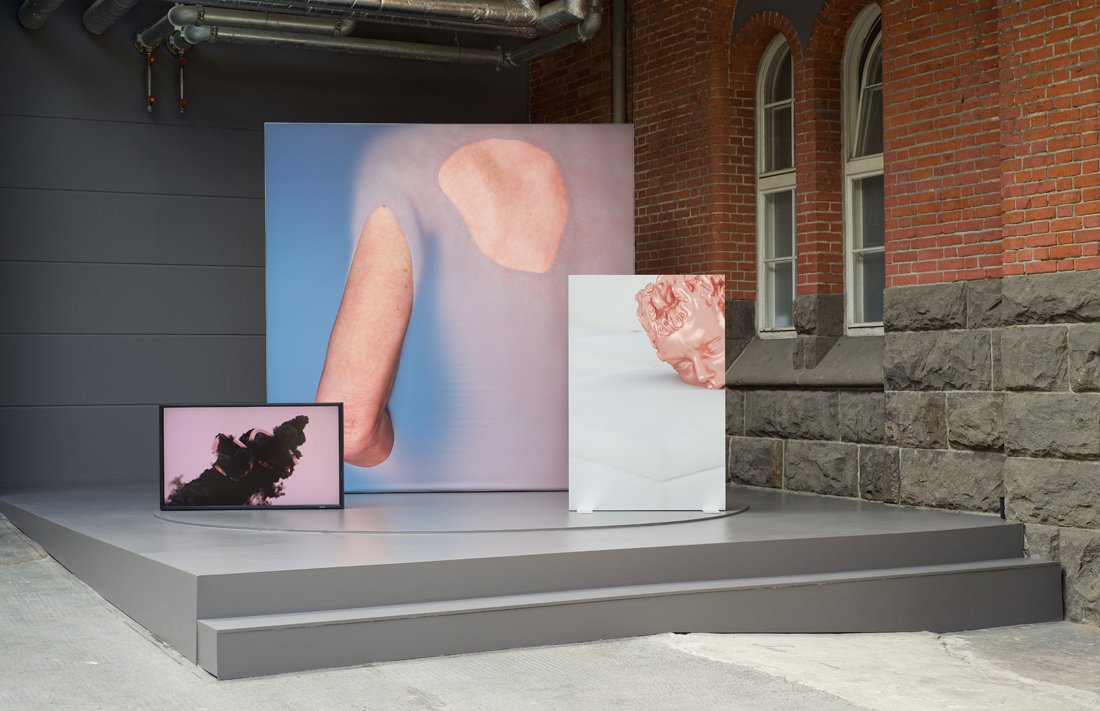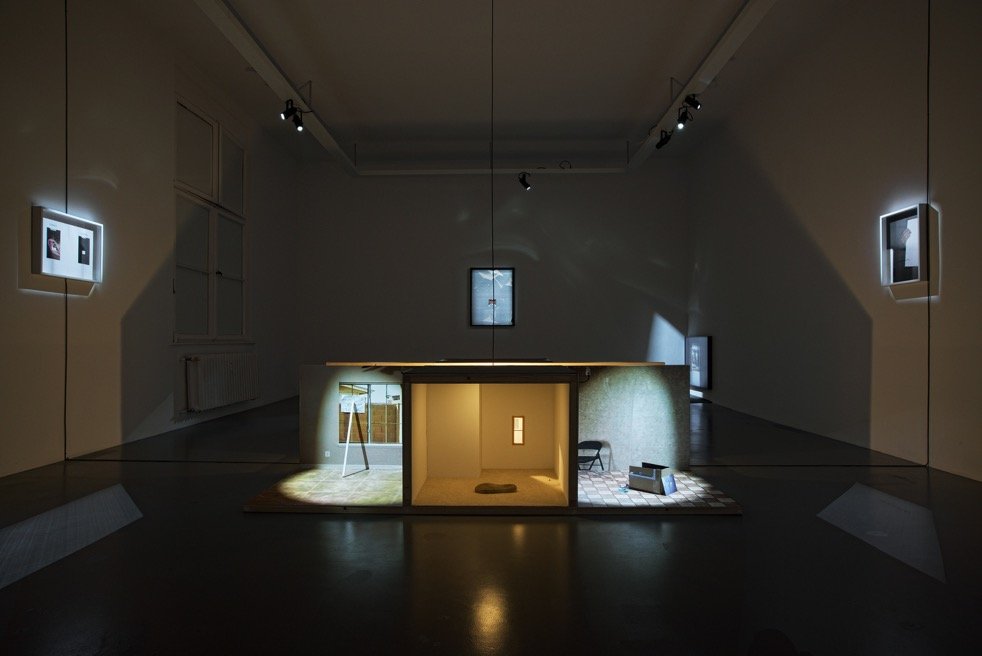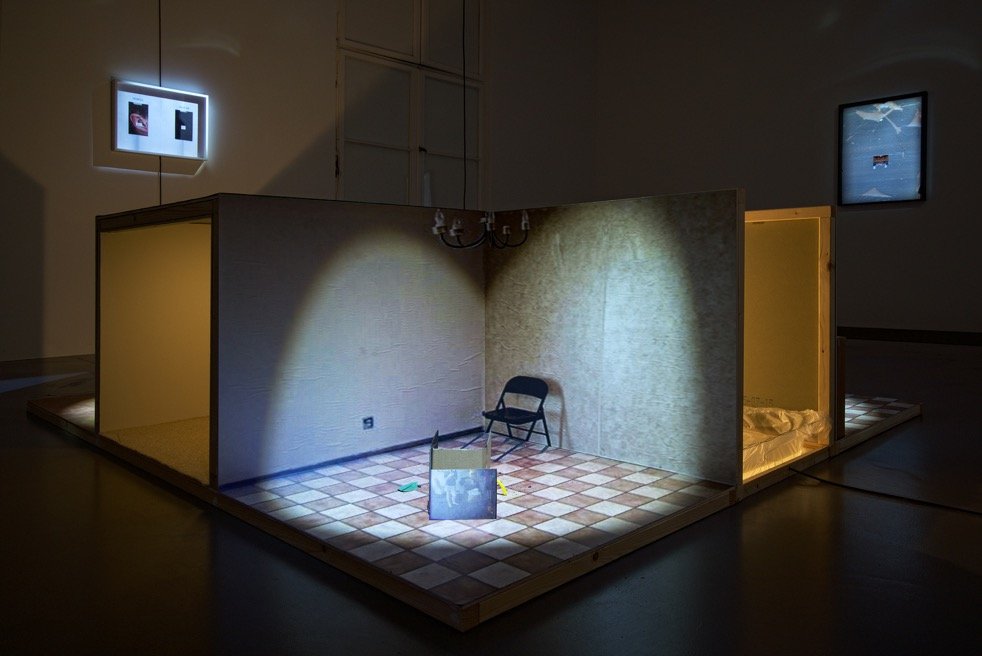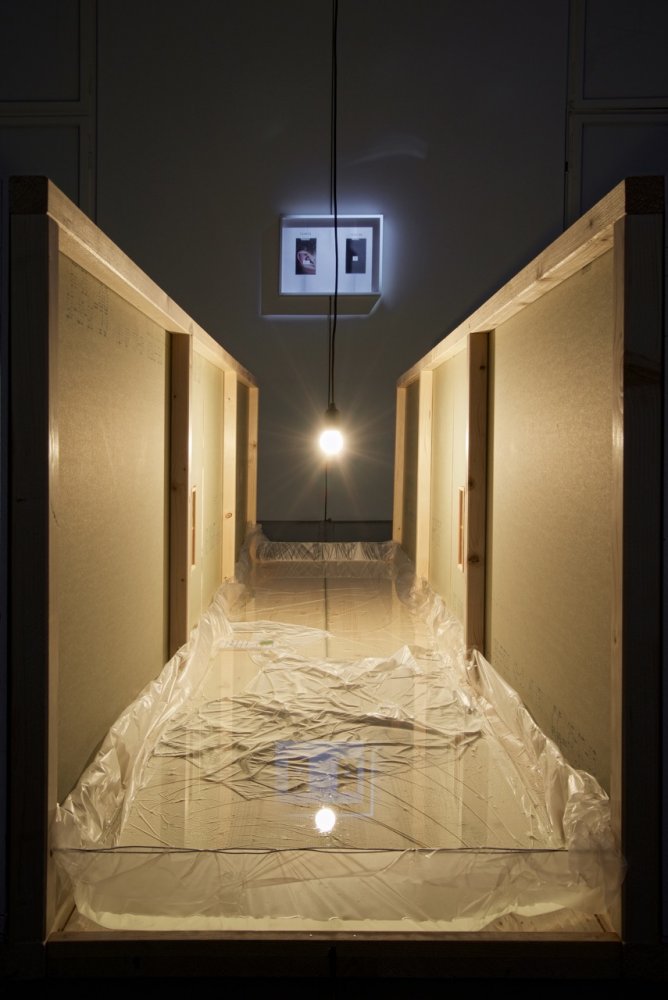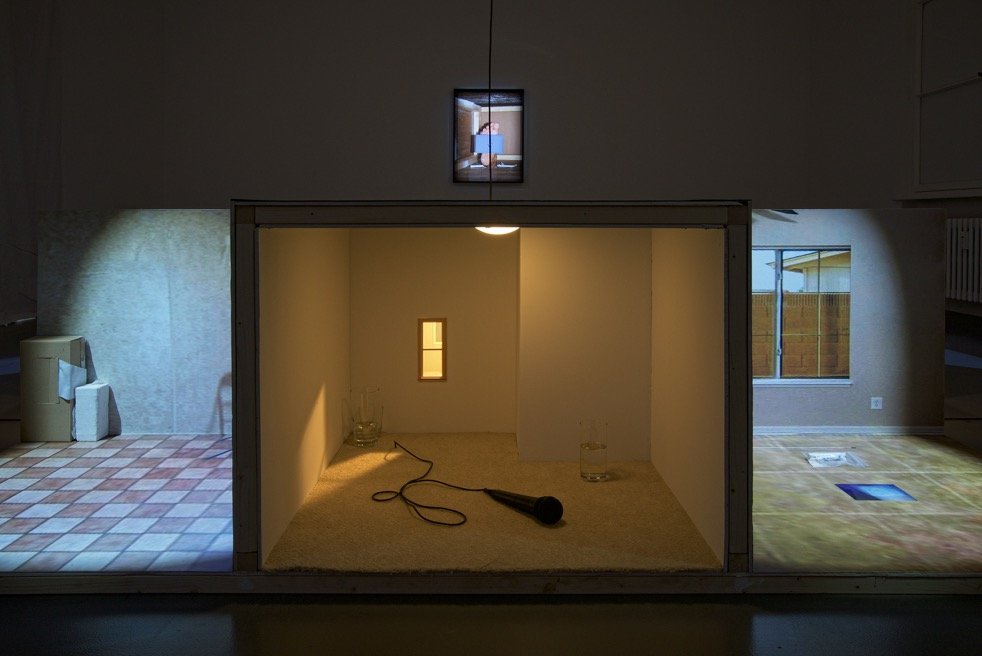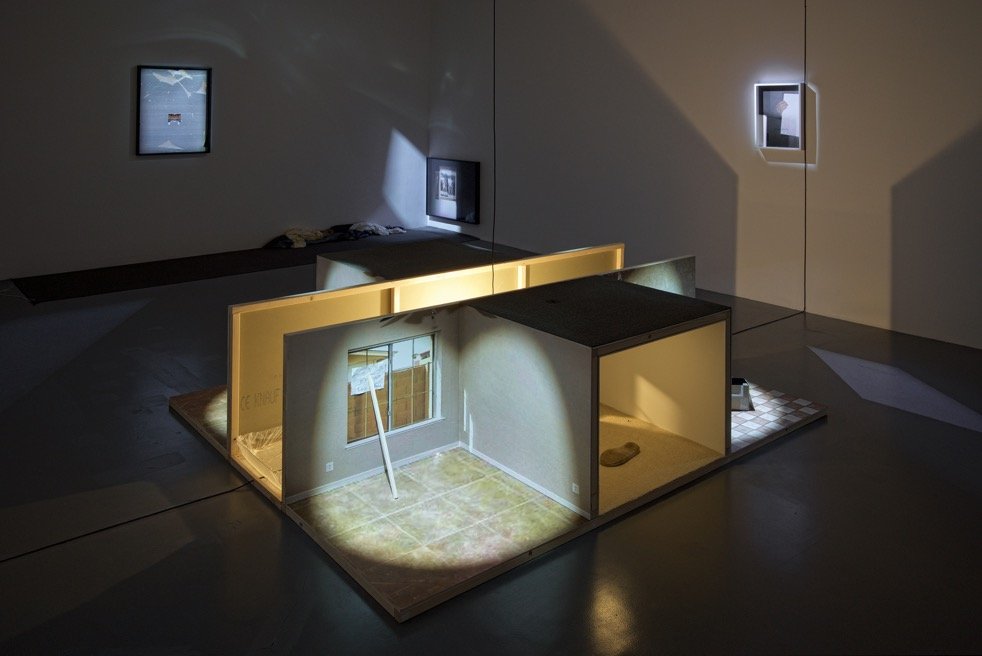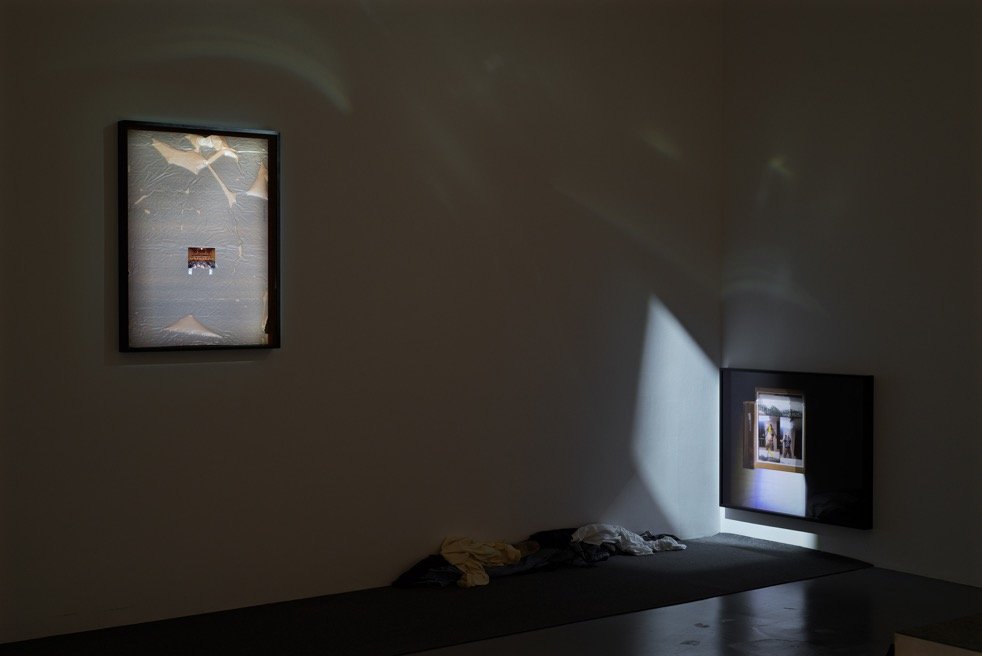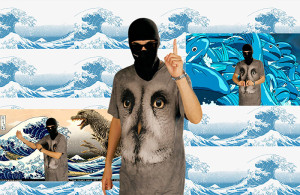After a never long enough Summer break Berlin Art Week hit the city with the four day fair and gallery nights along with numerous other events. In a press conference a week before Avatara Plenara Zeitstipendia step forward as the main sponsor of the art week. Dressed in a grey tracksuits with pale faces they present themselves as the the parliamentary embodiment of the needs of the 10,000 artists living in Berlin, demanding more structural funding and support for them, and stating that this year would be the last of the city-wide art event. Performance artists and ‘avatars’ Sabina Reinfeld and Ulf Aminde are right, the number of artists in the city is always growing, while at the same time funding stays the same. Hopefully, though, it isn’t all over.
The weekend before that, curated by_vienna begins in the Austrian capital, where it’s galleries open with a series of exhibitions focusing on curators and a selection of artists outside the regular program. Myriam Ben Salah, curator of special projects at Palais de Tokyo, chooses selects a group of Middle Eastern artists for the Like the deserts miss the real exhibition in Galerie Steinek. Prints on the windows show the luxurious interior of Grand Emirates Hotel in Dubai. Shiny marble floors, chandeliers and palm trees are photographed and presented by the GCC art collective. In ’Saudi Automobile’ (2012) Sarah Abu Abdallah paints a wrecked car in light pink colour in the hope that she can one day drive to work in her home country.
Abdallah is also showing at abc art berlin contemporary art fair in Germany, her digital prints and the video ’The Salad Zone’ (2013) showing at the Saudi Arabian gallery Athr booth. Nearby, ‘Field Walkers’ (2015) by Lizzie Fitch/ Ryan Trecartin is presented by Berlin-, London- and now recently LA-based Sprüth Magers. A glossy organic shaped form with leaves sticking out stands on two iron-net platforms and accompanied by stretched tennis balls, along with prints of digitally modified faces and interiors in pattern frames. Other booths give an impression of being a merch table for the average art fan. Timur Si-Qin ‘Truth by Peace’ t-shirts are being soldat Société, along with Bunny Rogers’ Columbine Library artist’s book and other objects.

Digital images of hyperreal female body parts stick out of white foam, shiny female heads with surprised expressions fall through white cushions. Kate Cooper continues her study on gender roles and autonomy within image production and distribution in her new series of works presented at abc by Neumeister Bar-Am. Later during the week Cooper –along with her fellow Auto Italia organisers and ‘Refugee Phrasebook’ co-founder Paul Feigelfeld –takes part in a round table discussion at ACUD. Organised by Lensbased, the class of Hito Steyerl, and connected to their show IMAGE IS A VIRUS // ON ACTIVISM, conversation covers the possibilities and difficulties of activism in the internet age.
Steyerl herself opens Left To Our Own Devices that same week. It’s her first solo gallery show in Germany, which is surprising in light of the artist’s considerable success and the very fact she’s representing the country at this year’s 56th Venice Biennale. Steyerl’s ‘Liquidity Inc.’ (2014) screens in a dimly lit space scattered with comfortable fat boys, along with other recent videos as part of KOW’s One Year of Filmmakers program. Partly fictional, the seven chapter performance lecture ‘Duty Free Art’ (2015) explores the development of Syria’s cultural landscape that never was due to civil war, along with issues of Free Port Fine Art storage services. Popping up in Switzerland, Luxembourg and most recently in Asia these free trade zones create platforms for art to be sold and exchanged, tax-free and behind locked doors.

Devoted to the area east of the former Berlin wall and all the way to China, Dschinn and Dschuice is the result of Slavs and Tatars’ ongoing investigation into the potential of language. ‘Alphabet Abdal’ (2015) is a woven carpet, elevated from the ground, connecting the two rooms of Kraupa-Tuskany Zeidler. The Arabic characters on the carpet seem to be running in the same direction, heading straight to the bowl of bubbling red water in the adjoining room. The fountain, ‘Reverse Joy’ (Kha) (2012), addresses the role of a never-ending protest movement, inspired by celebration during the month of Muharram, that this year coincidentally started the same week as the Berlin Art Week.
Curated by Franziska Sophie Wildförster of Vienna’s Thyssen-Bornemisza, the Abjects group exhibition at Import Projects features new work by Eloïse Bonneviot, Emily Jones, Paul Kneale, Yuri Pattison and Andrew Norman Wilson. Future Gallery, which until recently shared a location with the Charlottenberg space, uses its old location on Mansteinstrasse for Matt Goerzen’s Low Floor, No Ceiling. One hundred dollar computers from the One Laptop per Child initiative are placed facing down on the Future II floor. Thick threads lead from the computers to sensitive fabrics attached near the ceiling, parachutes. The same threads lead to a child-like drawing, connecting those objects together. On the wall hangs a drawn print of networks, where connections have been made from computers, to clouds, to users. There’s something that’s dysfunctional though, as the press release mentions that the computers were highly secured, limiting the user’s permission and privileges.

Based on intercity friendship, Aaron Graham and Bryan Morello‘s Send Cycle plays with the internet that enabled their unofficial collaboration begun in 2009. With each artist based in NY and LA respectively, this communication becomes central to the joint exhibition at Neumeister Bar-Am. Along with images of their own set up scenes and material found online framed on the gallery’s walls, Graham and Morello construct a miniature apartment. Pixeled domestic images cover the walls and various objects are situated in the diorama, a microphone along with a glass of water is in one of them. Another mike is situated in a lit up corner, placed on an irregular pile of clothes, perhaps to emphasize the ongoing conversation circulating between the two artists.
In the same building, another space has been establishing itself during the last year, with The Composing Rooms opening its doors to the Windoes group exhibition. Mostly two dimensional works from Harm Van den Dorpel, Body by Body, Sofia Leiby, Miltos Manetas and more are attached to a fine wooden square-like structure in the space, with the placement of the works being set to change throughout the exhibition. It’s part of an art week the extends beyond just Berlin borders, with images, artworks and ideas circulating internationally, in spite of themselves and with the sort of resilience that a group like Avatara Plenara Zeitstipendia would hope for. **
Exhibition photos, top right.
